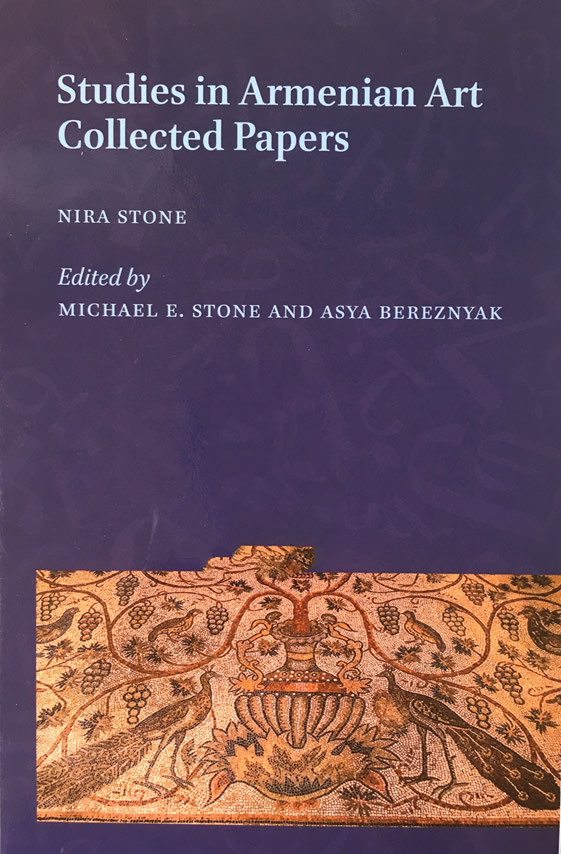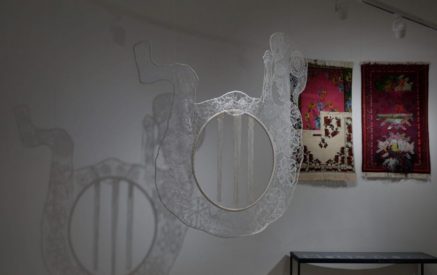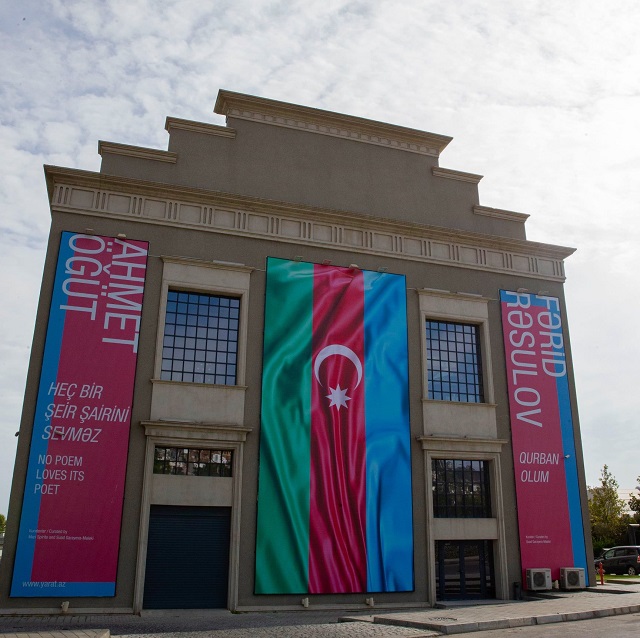From Arthur Hagopian
The advent of Christianity and its adoption as a state religion by Armenia provided an unparalleled opportunity for the resurgence of artistic fervor among the newly converted, resulting in the creation of some of the country’s most elaborate works of art, particularly in the domain of miniature illustration.
The artists set about their joyous task with abandon, evident in the masterpieces that they have bequeathed to us down the ages, their brushes delving not only into the pages of the gospels, but probing into the non-biblical domain, including the apocryphal, as well.
Scholars of various nations have pored over the rich legacy, but the quest is far from over, as a leading scholar, the late Dr Nira Stone, points out in a newly released volume, “Studies in Armenian Art” published by Brill, Leiden, the Netherlands, embodying “collected papers” written earlier.
The 262-page hardcover book, which is edited by Nira’s husband, leading Armenologist Michael Stone and medievalist Asya Bereznyak, is lavishly peopled with reproductions of manuscript pages and paintings, a large number in full color, but a few unfortunately bereft of their original splendor.
A detailed index helps facilitate one’s search, and an exhaustive bibliography points the way to further study.
“The essays here display the great range of her interests and expertise. in them she presents new discoveries and sheds new light on neglected artistic traditions,” remarks Christina Maranci, professor of art history, Tufts University.
“Her studies demonstrate a keen eye for divergences from iconographic convention and their potential relation to nonbiblical textual traditions,” he adds.
Stone’s work has opened up and illumined a very broad field of research, a field in which her untiring efforts have established firm foundations, in the words of Armenian art historian Anna Leyloyan-Yekmalyan. She is fascinated by one particular manuscript, from Kaffa in the Crimea, called “Desert Fathers of Egypt,” and not only because it is the only copy among several others known to us to be illustrated, with over 500 small paintings by the monk and artist Thaddeus Avramenc of the fifteenth century
The rich and artistic illuminations are highly original and creative, a fact that, however, poses problems for scholars, according to her.
Read also
“The originality of the illuminations in the 1430 manuscript enhances its intrinsic value while at the same time creating those problems that generally accompany such uniqueness,” Stone notes.
“We often feel some discomfort where we are suddenly confronted by an artistic work that does not belong, at first glance, to any readily recognizable school, style, atelier or other category.”
This warrants further study, she urges.
Although gold remains the paramount medium of pictorial illumination, the incomparable “Desert Fathers” is noted for the conspicuous use of white in the pictorial style, a reflection perhaps of the symbolic importance of the color “in the context of monastic spirituality.”
The manuscript was written at a time of divergent political upheavals and instability. The medium of spotless and pure representation in white is perhaps meant to reflect a poignant quest for salvation in those troubled times.
The data Stone collected from apocryphal texts has allowed her to propose a new approach in the study of illustration and iconogrpahic reading of gospel or other biblical images that are enriched with new elements, Leyloyan-Yekmalyan observes.
“Through the light cast by apocryphal texts, she was able to show the legitimacy and deeper symbolic meaning of unusual figures and other elements that previously had been misunderstood or simply ignored,” she adds.
In her lifelong quest, Stone has had occasion to visit the sites of many of the mosaics uncovered in the Holy Land, and her analysis of these sites, particularly Shellal, near Gaza, come at a particularly opportune time with the recent announcement of the discovery of a 1,500 year old Byzantine church near Jerusalem containing what Antiquities Authority sources descbe as “some stunning” mosaics.
She notes that significantly, animals portrayed in the mosaics she has studied, like the one in Musrara outside the walls of the Old City, are illustrated in a most naturalistic way.
(One exception is the 6th Century medallion close to the Musrara site, crafted by Yevsdat or Eustathius the priest, which did not contain any human or animal illustrations, but rows of text, perfectly preserved).
Stone dwells at length on the relationship between text and illustration. Some illustrations, such as those in various sorts of Psalters, are tied to the text that stands at their side and in fact themselves form part of that text.
Sometimes the illustration are taken out the text itself and set in the margin. In one especially powerful rendering of Jonah and the whale in the royal manuscript called King Hetoum II’s Lectionary copied in 1286, the great fish is shown vomiting its victim with such force that it is expelled outside the frame encompassing the sea, and encroaching onto the colophon, clear out of the text, as pioneer Armenian art historian Sirarpie der Nercessian points out in her definitive work, “Armenian Art.” The frame that was a barrier was broken in order to create a sense of movement and drama.
Some of the paintings in the manuscripts are also characterized by simplicity both of style and iconography.
“In spite of the wealth of color there is no attempt at naturalism, even a stylized naturalism. There is no attempt to convey depth or perception although this is typical of Armenian manuscript painting from earlier periods,” she writes.
But the simplicity of execution and style contrast with the richness of these paintings.
The “Desert Fathers” paintings reveal both eastern and western influence, as seen in the faces of the figures which are elongated, the hair fair and sometimes even the eyes light.
Stone’s discoveries, revelations and insights have enriched our knowledge, appreciation and connection with the national treasures of the Armenian people, an accomplishment rare in scholarship.
Her passing is an incalculable loss for Armenology, but her name and efforts remain enshrined in Armenian culture as a witness of that people’s unique, creative identity. And Armenian scholarship is comforted by the thought that her husband, Michael Stone, will be there to continue the work.




























































